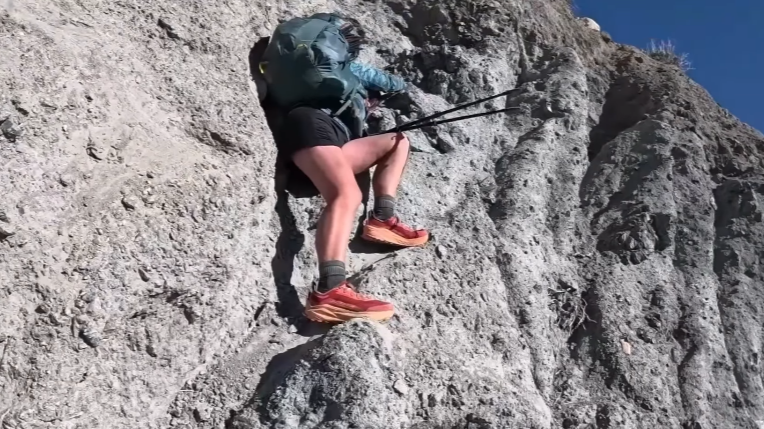Meal planning for backpacking: tips for a lightweight menu
Our guide to meal planning for backpacking cover how to plan and pack your meals to make sure you stay fuelled on your adventures
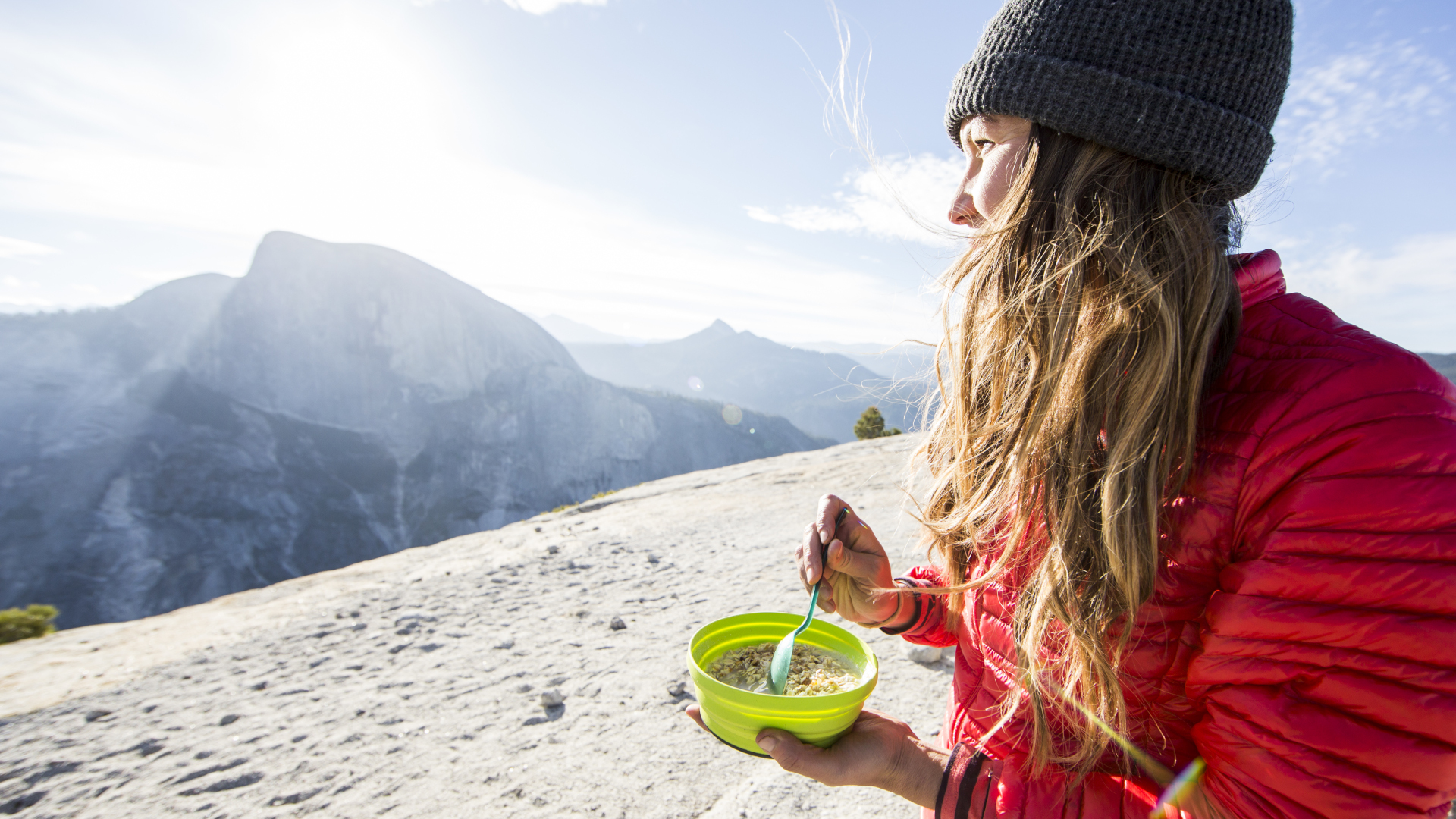
Meal planning for backpacking is as important as having the right gear and knowing your route – you have to bring food that is easy to carry and non-perishable, but also provides you with enough energy and nutrition to keep you going on the trail.
It can be hard to know where to begin, but our tips for meal planning for backpacking cover how much food you need, what types of food to bring and how to plan and pack each meal to make sure you stay fuelled on your adventures.
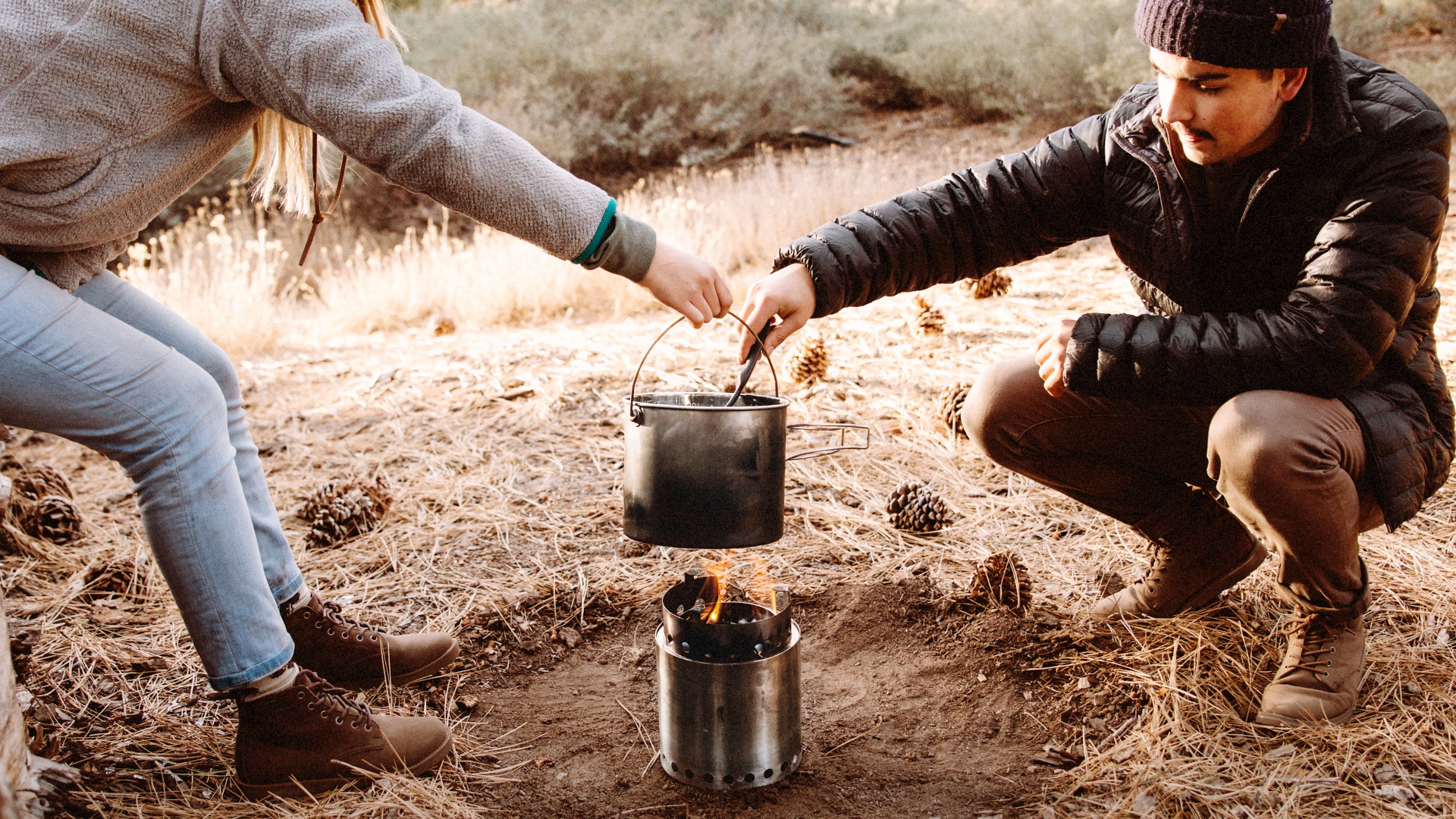
Meal planning for backpacking: how much food should you bring?
This is the big question. You certainly don’t want to be short on food, but when you’re backpacking, every ounce in your pack matters, which is why the best camping stoves for expeditions are designed to be featherlight. You’ll want three proper meals for each day plus snacks. A decent place to start is figuring out roughly how many calories you need.
You want enough food to fuel your journey, but how much is enough depends on several factors, like how many days your trip is, how much you weigh and how strenuous the hiking will be. If you’re new to backpacking, online tools like the Calories Burned Hiking Calculator take all the guesswork out of this. Just enter your details and you’ll have a good starting point for how much food you need to bring with you. Once you’ve taken a few overnight trips in the wild, you’ll become familiar with how much food you personally need.
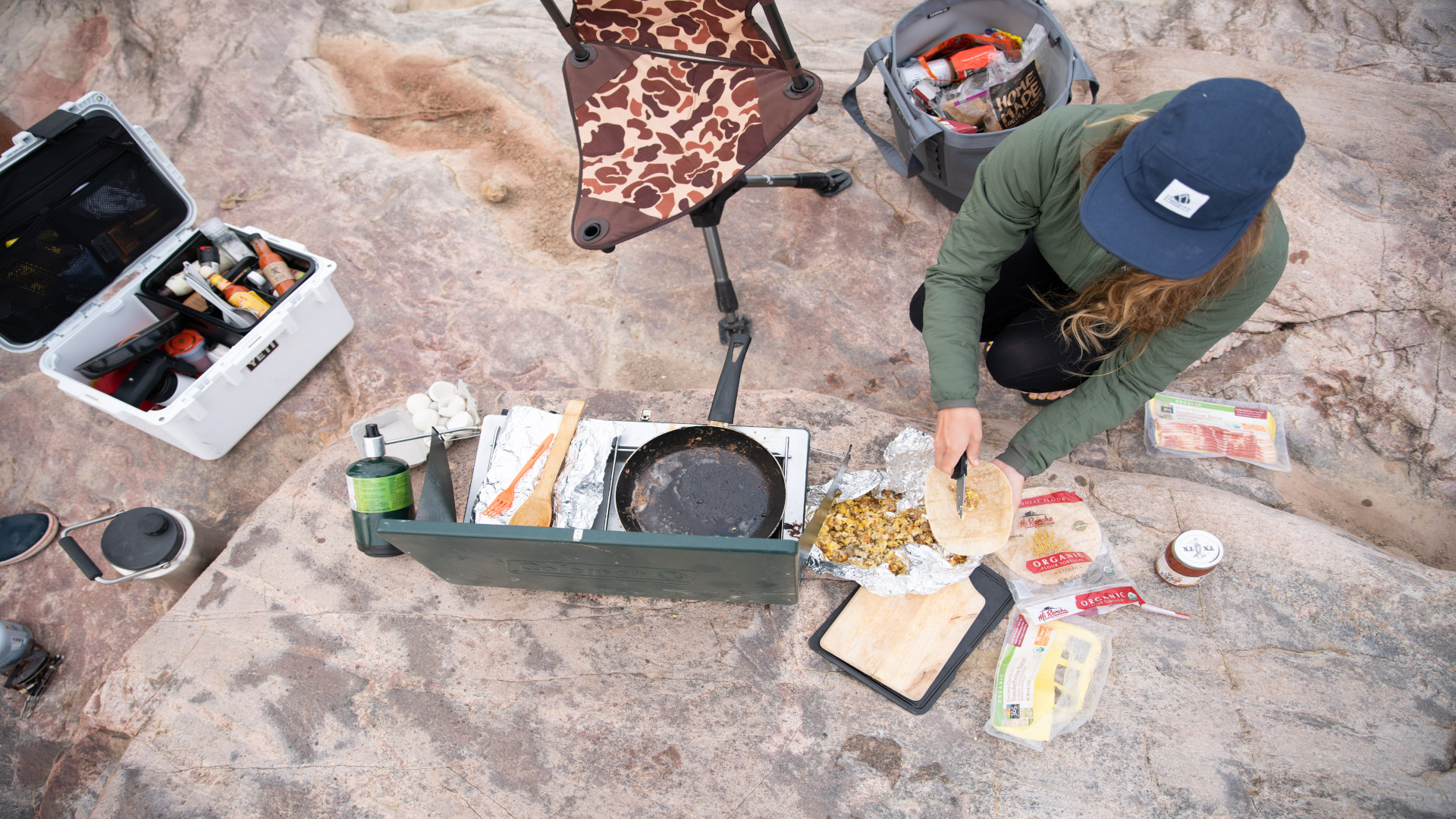
What types of food should you bring?
The key requirements you’re looking for in backpacking meals are that they be made from food that is lightweight, non-perishable and packable. That means mostly packaged foods that won’t easily get squashed in your backpack, melt in the heat or take up much space.
Examples of food to bring backpacking:
- Nuts
- Dried fruits
- Oatmeal
- Tortillas/Pita breads
- Hard cheese slices
- Nut butter pouches
- Tuna/chicken packets
- Freeze-dried meals
- Ramen noodles, instant Mac n Cheese, rice and pasta
Examples of food to avoid:
- Fresh fruit and vegetables
- Uncooked meat
- Dairy, eggs
- Canned foods
- Crisps
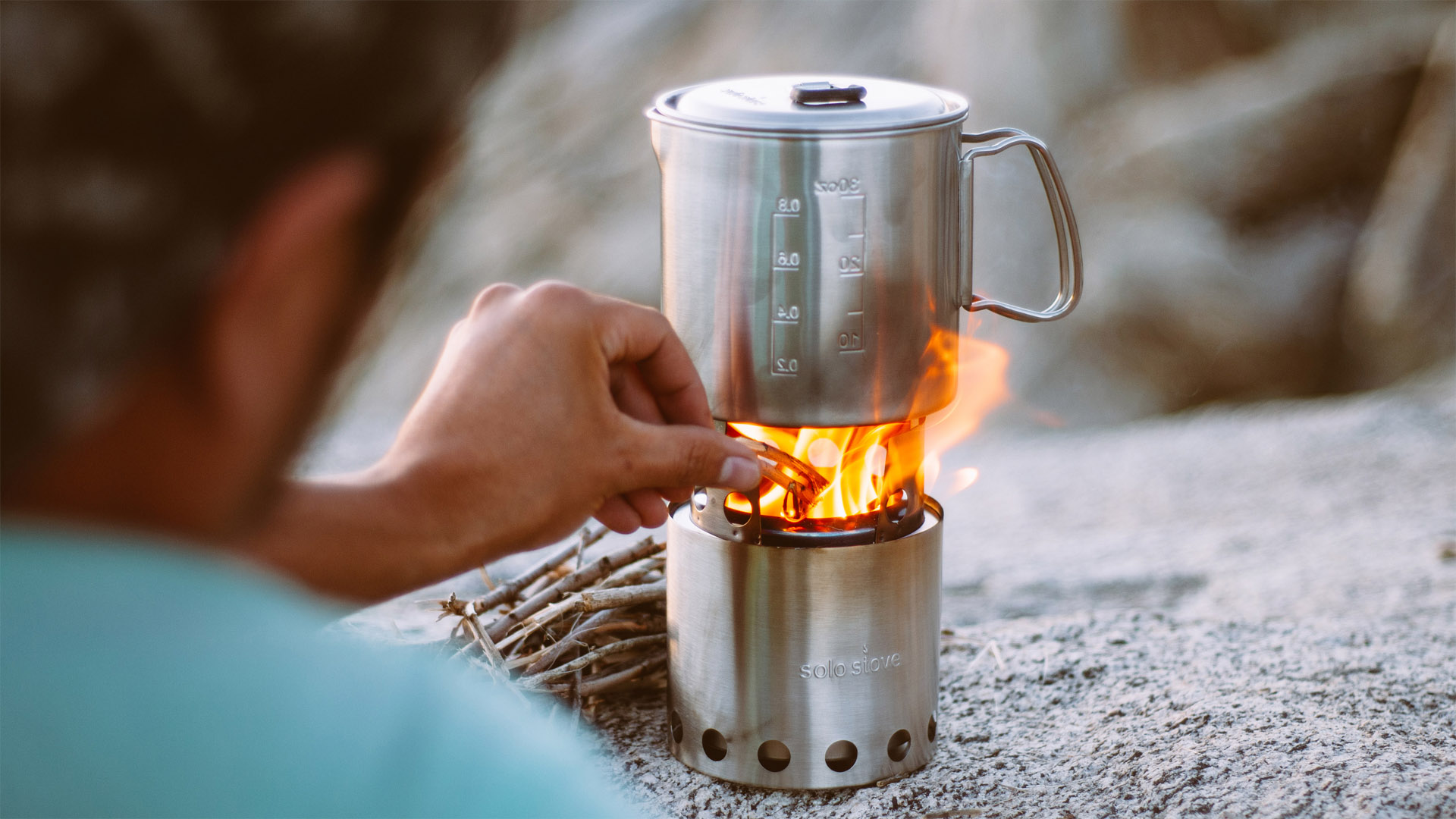
To cook or not to cook?
A good way to pare down your shopping list is to decide if you’re carrying a camping stove or not. A stove and the fuel it requires means carrying more weight and will have less room in your pack, but it opens up more options when it comes to your meals. Generally speaking, you’ll want the lightest stove you can find with a pot that doubles as a bowl, and you’ll need a camping spork to eat with.
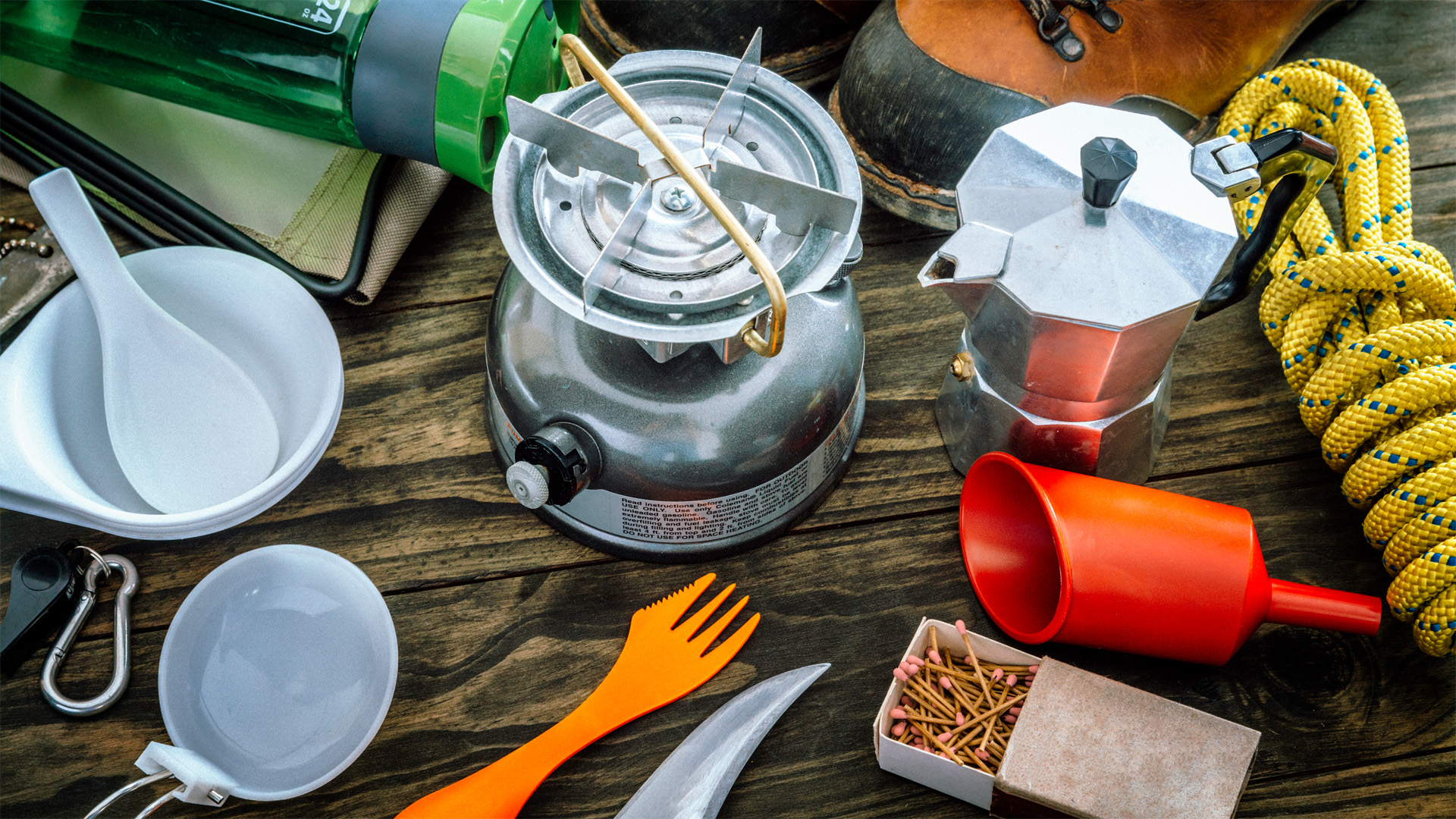
If you decide to bring a camping stove, you can definitely plan on at least one hot meal a day, which is desirable in cold weather, and therefore freeze-dried meals will be your best friend. These light, packable and non-perishable meals have come a long way in the past 20 years and all that’s required to whip them up is a little water. You’ll want to make sure you have access to water on your journey if you’re relying on these of course, and generally it’s a good idea to filter your water first before cooking with it.
Advnture Newsletter
All the latest inspiration, tips and guides to help you plan your next Advnture!
Carrying a stove also allows you to make oatmeal for breakfast, which provides lots of fuel for a day on the trail.
Finally, once you know how much food you’re bringing that requires cooking, you’ll need to make sure you bring enough fuel for your stove.

Now, let’s say you ditch the stove and decide to rely on cold food; that buys you a little room in your pack for carrying foods like tortillas, cheese, peanut butter, tuna and salami. These foods weigh a little more than freeze-dried meals and are a little bulkier, but are rich in calories. Another upshot of cold foods is that you might be able to get away with not carrying any utensils whatsoever.
One final note on this point is that we generally don’t recommend relying on cooking over a fire when you’re backpacking. Inclement weather and lack of firewood could easily foil this plan.
Here are some of our favorite ideas for backpacking meals:
Breakfast
You can save yourself a little weight by having breakfast at the trailhead before you set off (ditto for lunch if you’re leaving later in the day). For breakfast at camp, oatmeal is a great option if you have a stove, otherwise granola bars are quick and easy which can save time if you have a long day ahead. Remember that you’ll also need time to pack up your tent so you may not want to linger over breakfast.
Lunch
Generally speaking, you want lunch to be substantial but quick so you can get to camp before dark. If you’re moving at a leisurely pace, you could definitely break out the stove here, but this is a good time to make a quick sandwich using tortilla wraps or pita bread with cheese and salami or tuna.
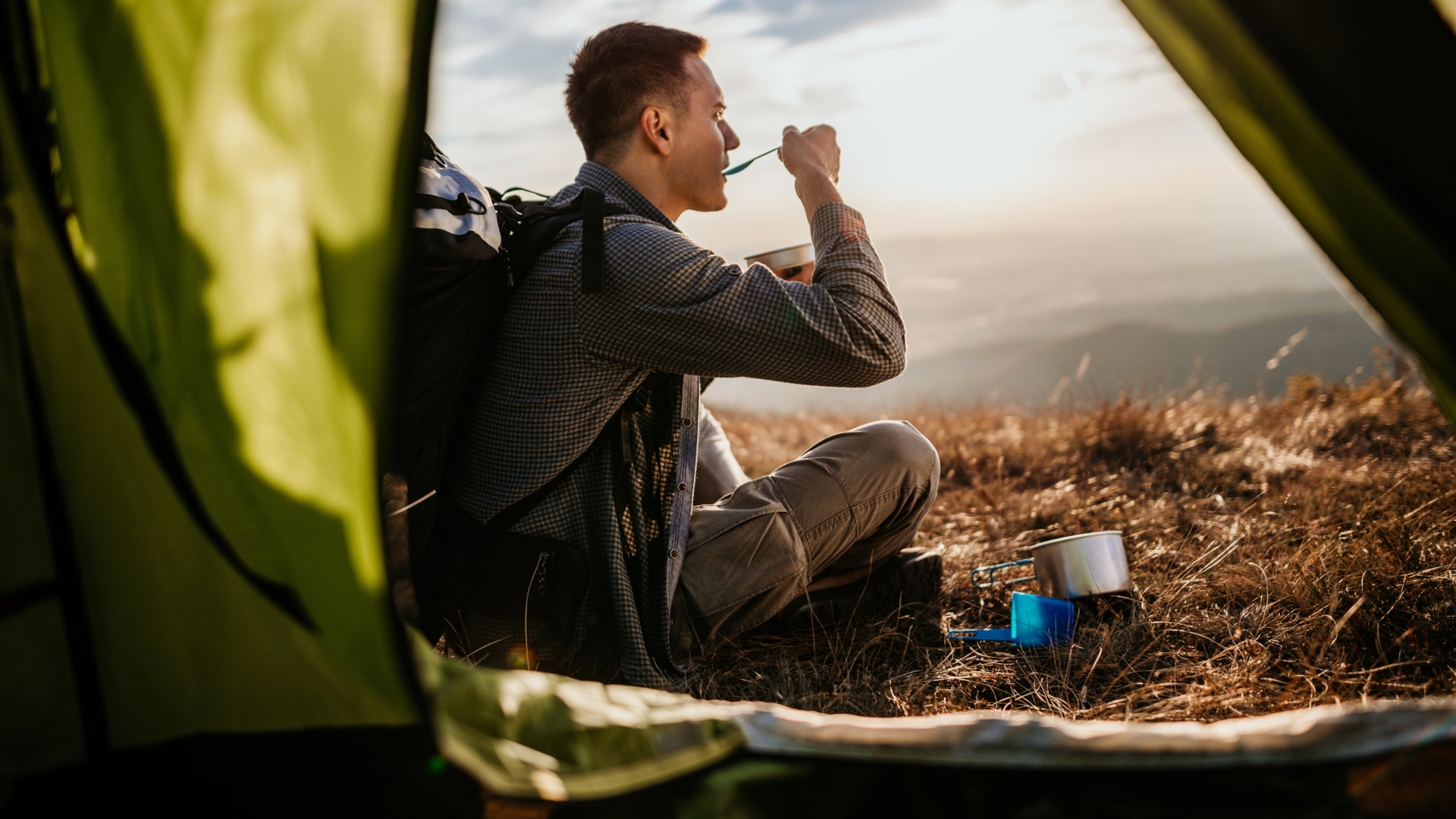
Dinner
When you’re tired after a long day on the trail, there's truly nothing better than a cooked meal. Once you’ve set up camp, this is the perfect time to fire up the stove and make a freeze-dried meal or cook ramen noodles or instant Mac n Cheese (you can mix tuna into these to beef them up a little).
If you’re going stove-less, you’ll want something along the lines of what you had for lunch, but try to mix things up, so if you had tuna at lunch, have cheese and salami for dinner. Variety is key when it comes to backpacking meals.
Snacks
Nuts, dried fruit and jerky are the best options for snacks. Fruit and nuts can be mixed in with your oatmeal too to provide some variety and calories first thing, while jerky and nuts can add a little protein punch to your lunch.
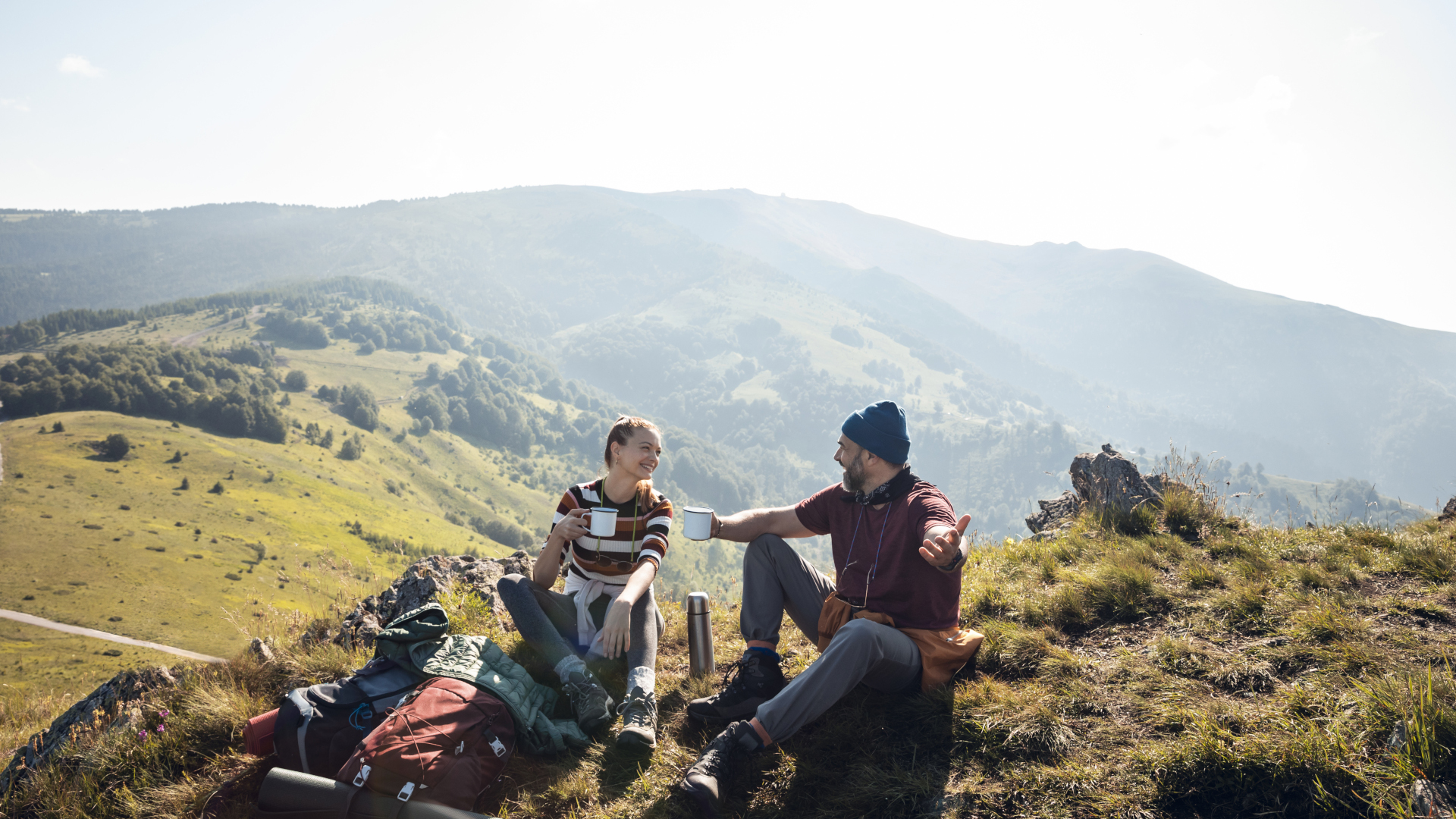
How to plan and pack your meals
Write down all the meals and snacks you’ll need, in order, for all the days you’re on the trail. Make sure to mix up your meals so you don’t get bored or eat the same thing for two meals. Plan to eat perishable and heavier items like fruit and cheese first.
Once you’ve planned your meals and shopped for food, it’s time to organize your meals so they take up as little room as possible in your pack and are easy to find. Some items, such as instant rice and pasta dishes come in bulky packaging, so take them out and secure them in zip lock bags. Do the same for anything in packaging that looks like it could burst in your pack.
Portion out oatmeal and snacks into individual ziploc bags and then label each one something like ‘Day 1 breakfast’ to cut down on time trying to decide what to eat on the trail and to avoid accidentally eating something you might want or need later.
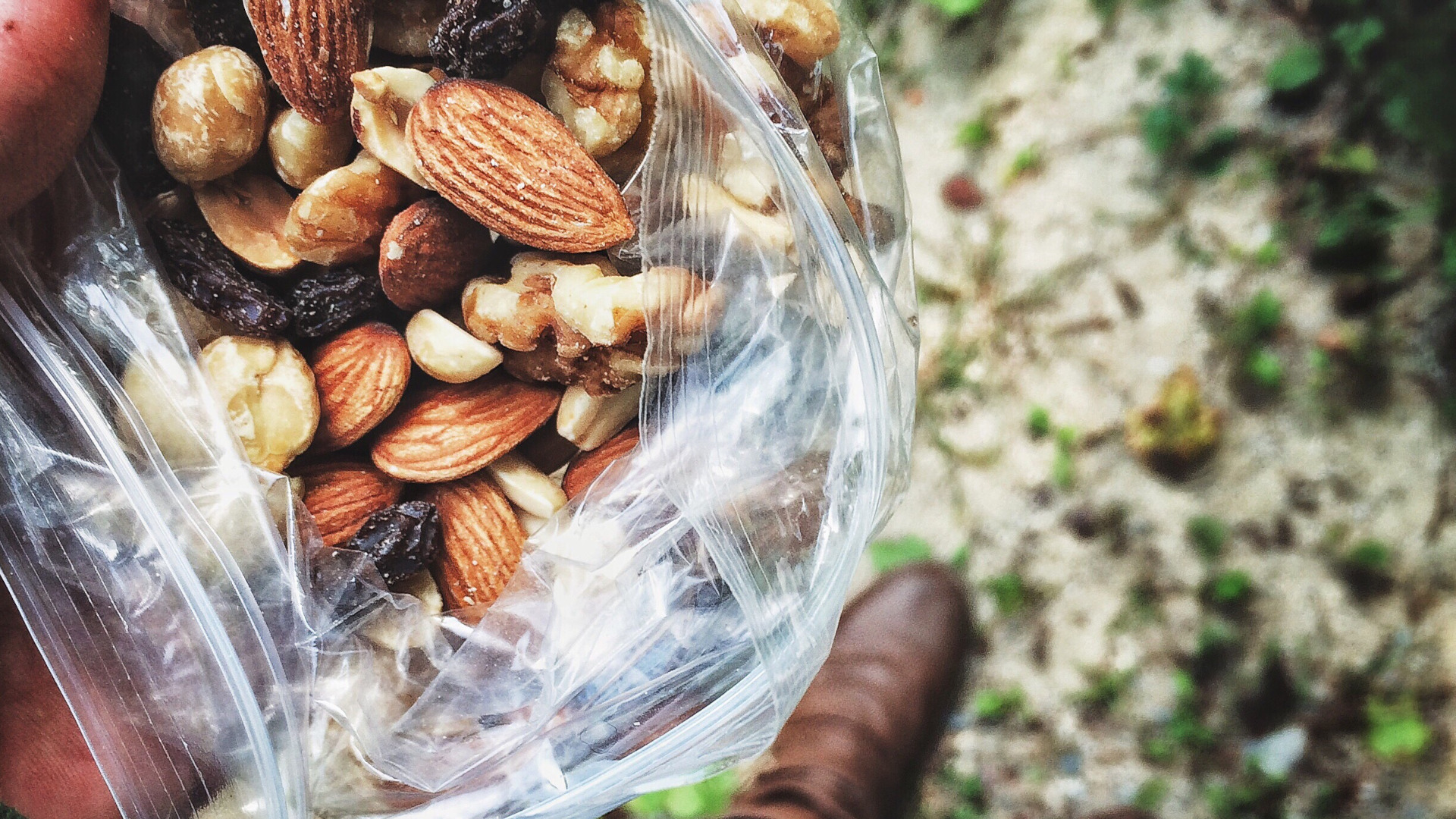
Safeguard your food
Finally, if you’re backpacking in an area with critters like bears and raccoons, pack a bear canister (you can pack food inside it to take up less space) and make sure your food – and the local wildlife – are protected.
Julia Clarke is a staff writer for Advnture.com and the author of the book Restorative Yoga for Beginners. She loves to explore mountains on foot, bike, skis and belay and then recover on the the yoga mat. Julia graduated with a degree in journalism in 2004 and spent eight years working as a radio presenter in Kansas City, Vermont, Boston and New York City before discovering the joys of the Rocky Mountains. She then detoured west to Colorado and enjoyed 11 years teaching yoga in Vail before returning to her hometown of Glasgow, Scotland in 2020 to focus on family and writing.

